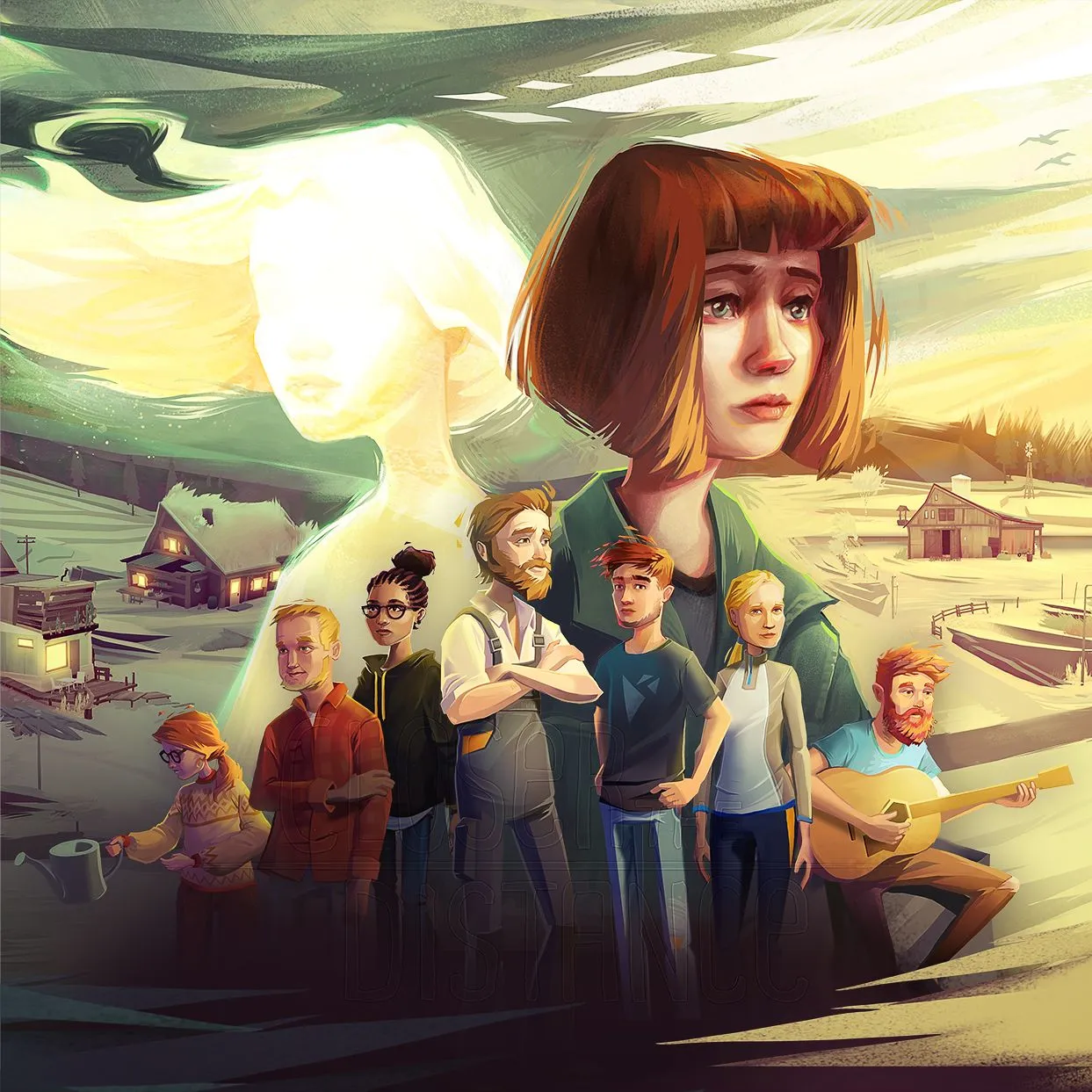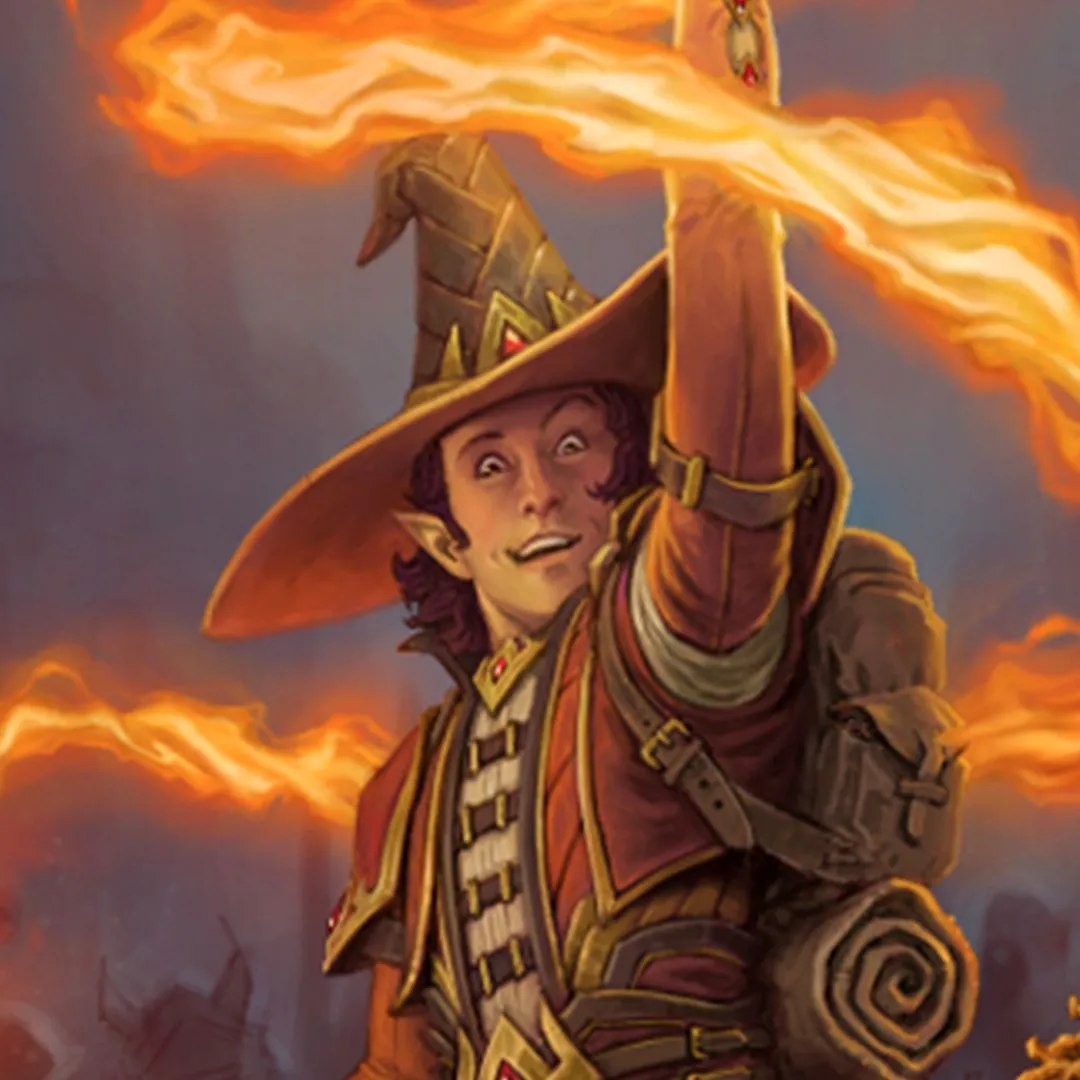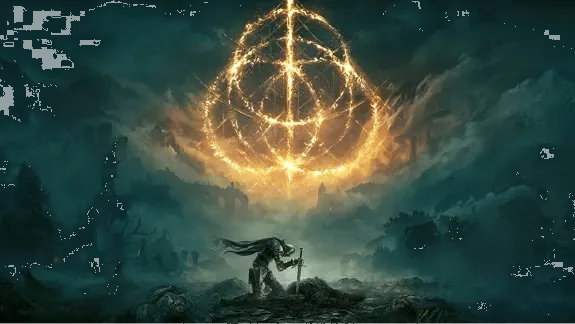Select “Accept all” to agree to our use of cookies and similar technologies to enhance your browsing experience, security, analytics and customization. Select ”Manage cookies” to make more choices or opt out.

Building the perfect Steam page
Here’s how to get the most out of your Steam page, and use it to tell your game’s story.
When you’re launching your PC game, there’s one thing you can’t ignore – the quality of your Steam page. Prospective gamers will make huge assumptions from this collection of words and images, which can be both a blessing and a curse. Although dressing up your Steam page can be daunting, companies that harness this opportunity to promote their games have a much greater chance of success.
Approaching the creation of a Steam page is all about transparency and communication. In 2023, 14,500+ games were released on Steam. The most successful were the ones that offered an honest and truthful depiction of their game.
What is it you want your game to stand for? What first impression do you wish to create? It’s possible to create a compelling page with a variety of approaches, but you have to maintain coherency with your brand. Know your game and know your audience.
Here are two examples of Steam pages done well, before we dive into the nitty-gritty.
1: Untitled Goose Game
This game page embraces minimalism for comedic effect, opting for a short bio without much detail. This grabs the readers’ attention, especially coupled with a dynamic game footage video and tags that show “funny” and “villain protagonist” to pique their interest further. A little lower down, they’ve utilized custom-made transparent background images that emphasize the smooth, simple gameplay and attention to aesthetics a player can expect from the game itself. The writing style also plays with quirky and casual language, painting a full picture of what Untitled Goose Game stands for.

2: Baldur’s Gate 3
On the opposite end of the spectrum, Baldur’s Gate 3 is a mass of information but never overwhelms the potential player. The Larian team knows their audience – discerning, and not afraid of a bit of detail. The bio is written completely straight-faced, listing gameplay elements and using common tropes such as “a tale of…” and “lure of absolute power” to pull the audience in and set the scene for a game rich with drama and intrigue. The images are evocative and varied, and the custom-made animated GIFs in the ‘About’ section are a mark of quality. Likewise, the varied fonts and detailed descriptions appeal to gamers who may have enjoyed a hefty instruction booklet back in the day.

Now let’s take a look at the key elements that make up your Steam page…
Images
Choose images that allow the prospective player to both imagine themselves playing the game and appreciate the artistry or theme behind it. Some official non-gameplay images are fine, but the vast majority should be high-quality shots taken from within the game itself, showing off some of its most unique features, characters, and locations. Be sure to include at least one video, but two should be the maximum. It's a delicate balance.
Bio
As demonstrated by the two examples above, there’s no one way to approach the bio. Try not to ramble, and remember that the page itself should aim to be in the same genre as the game if possible. If you're a horror game – this is where you let people know they’re in for some scares. Sew seeds here that make people want to scroll down, or even better, smash that wishlist button.
Get your wishlist and preorder options out as soon as possible, people will rarely remember a page and come back to it unprompted. Remember to tag your game appropriately, the first four or five tags will be predominantly the ones that audiences see.
About
Unless you have talented writers at your disposal (we have those, if you need assistance), stick to what you know. Short and sweet will do the job, as long as you don’t forget to excite and entertain. Tell people what they can expect from your game, introduce some characters and their abilities, and tell them about the location or the plot.
Think about when you last purchased a physical copy of a game. You checked the back cover for information – like buying a book. That’s about the amount of writing potential players will expect. If you can expand tastefully on what your game has to offer, maybe by creating sections, as in the Baldur’s Gate example above, then go for it! Just remember that text after a certain point will be cut off by a ‘Read More’, so grabbing your audience in the first few lines is still imperative.
Add a few images with transparent backgrounds — a little tip to ensure they blend in seamlessly with the page itself — or even GIFs if you have the time.
Timing
Remember to have your Steam page ready at the right time. Too late, you risk losing sales and visibility, too early, and you risk the algorithm rejecting you. If your page is up but no one is visiting (because you haven’t announced your game yet) Steam will see this as a poorly performing game page, so pick your moment and go live only when you announce. For indie games, we recommend doing this at least a year or two in advance of release.
We hope this guide helped outline some useful tips for building a great Steam page. If you have any further questions, don’t hesitate to get in touch.
Project N is your go-to game agency, delivering video, social media, community management, and web production for studios of every size.






